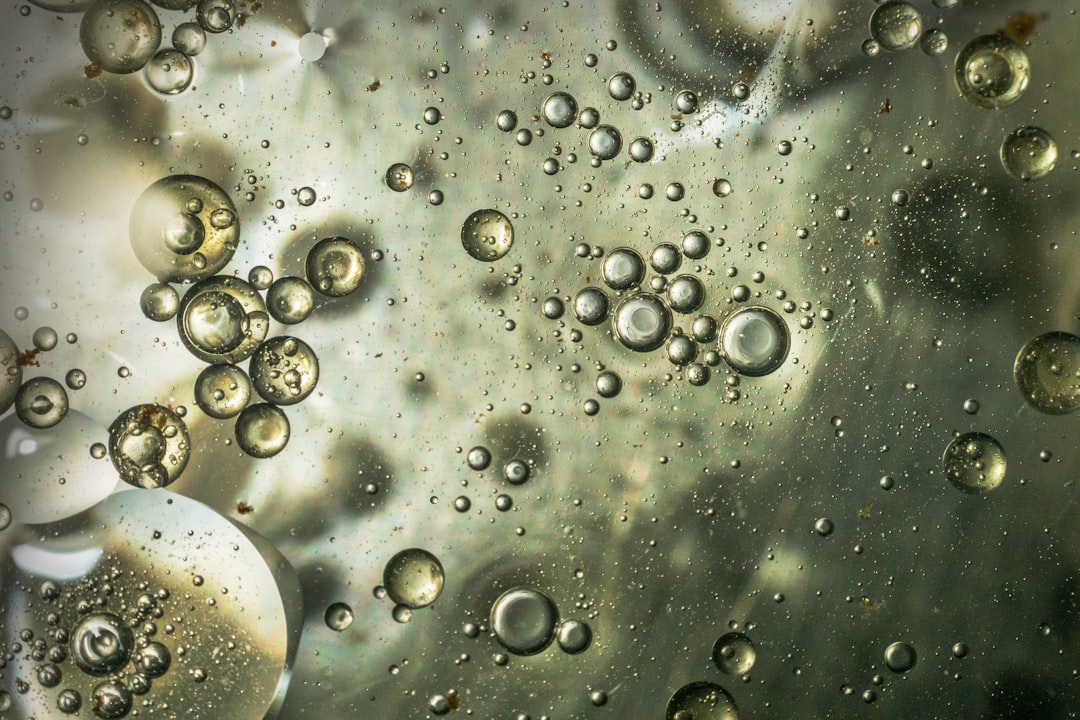What is it about?
In the UK, wheat is the most important cultivated cereal, grown extensively as a rainfed crop. Irrigation of wheat has previously been considered uneconomic, but increases in world wheat prices and recent droughts have led to some farmers revising their views.Widespread adoption of wheat irrigation would have major implications for wheat production, the irrigation industry and water resources in regions that are already water scarce. This study investigated the financial viability of irrigating winter wheat grown on a sandy loam soil in the East of England. Long-term climate data (1961–2011) for Silsoe (Bedfordshire) was used to drive a biophysical crop model to assess irrigationwater requirements and yield response. Modelling assumed a typical irrigation schedule to maximise yield and quality, and average reported wheat prices for 2007 to 2012. Irrigation costs were calculated assuming an overhead mobile hosereel–raingun system applying river water, abstracted either in summer and used directly, or abstracted in winter and stored in an on-farm reservoir. The results suggest that the yield benefit would justify supplemental irrigation by farmers who have unused irrigation equipment and unused summer water, although irrigation of higher-value field vegetable crops later in the season would normally take precedence – the Added Value ofWater (AVW) usefully applied to milling winter wheat under these conditions ranged between 0.24 and 0.32 £ m−3. Investment in new irrigation schemes could also be marginally viable if unused summer river water was available for direct abstraction (AVW = 0.08 £m−3). Investments in new farm reservoirs for irrigating wheat are currently not profitable (AVW= –0.23 £m−3). Sensitivity analysis suggests that in the longer term, the expected increase in world wheat prices and the impacts of climate change are likely to make the financial benefits stronger, particularly in the drier catchments further east and on low moisture retentive soils, but competing demands for water would still make extensive wheat irrigation unlikely.
Featured Image
Read the Original
This page is a summary of: The economics of irrigating wheat in a humid climate – A study in the East of England, Agricultural Systems, February 2015, Elsevier,
DOI: 10.1016/j.agsy.2014.11.001.
You can read the full text:
Contributors
The following have contributed to this page










